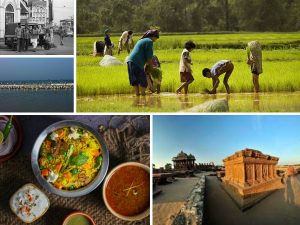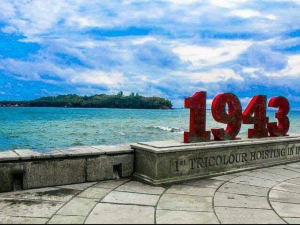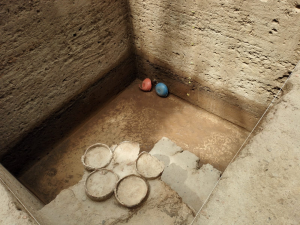How does Indian Culture and practices have the origins of sustainability
In the midst of a global awakening to the urgency of sustainable living, many are looking back to ancient traditions for inspiration. Sustainability is defined as "avoidance of the depletion of natural resources to maintain an ecological balance" by the Oxford Dictionary. The Indus civilization developed in the 3rd millennium BCE, making it one of the earliest of the world's civilizations so it's safe to say that the Indian culture has been around for quite a while now. Although sustainability may seem like a gen-z trend that popped out after the pandemic, it is already deeply rooted in the Indian culture whether it be veganism, recyclability, or living frugally.










